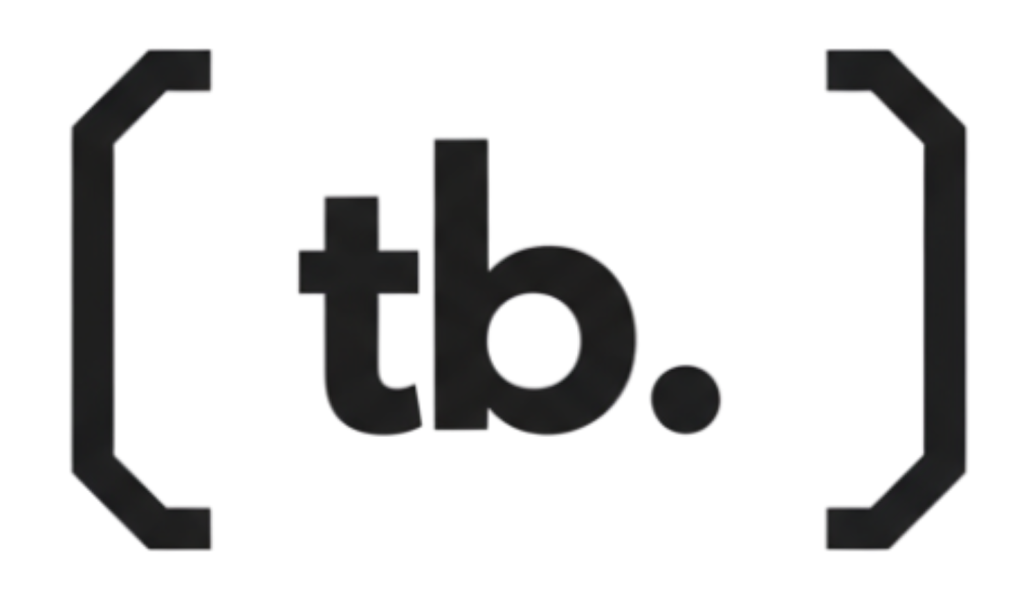In a world obsessed with hustle culture, the smartest entrepreneurs recognize that working harder isn’t the same as working smarter. While there’s no such thing as a get-rich-quick or get-rich-easy scheme, there absolutely is a get-rich-quicker and get-rich-easier path. The difference lies in choosing the right business model—one that maximizes return on your time, energy, and capital.
Many business owners grind away for decades, only to find themselves stuck in a cycle of endless tasks with minimal returns. Meanwhile, the savviest entrepreneurs leverage high-ROI models that require minimal upfront investment, scale effortlessly, and carry low risk. This guide lays out precisely how you can achieve the most income with the least effort, highlighting why Digital Products 2.0 stands head and shoulders above all other models in 2025.
The Five Criteria for the Laziest Business Model
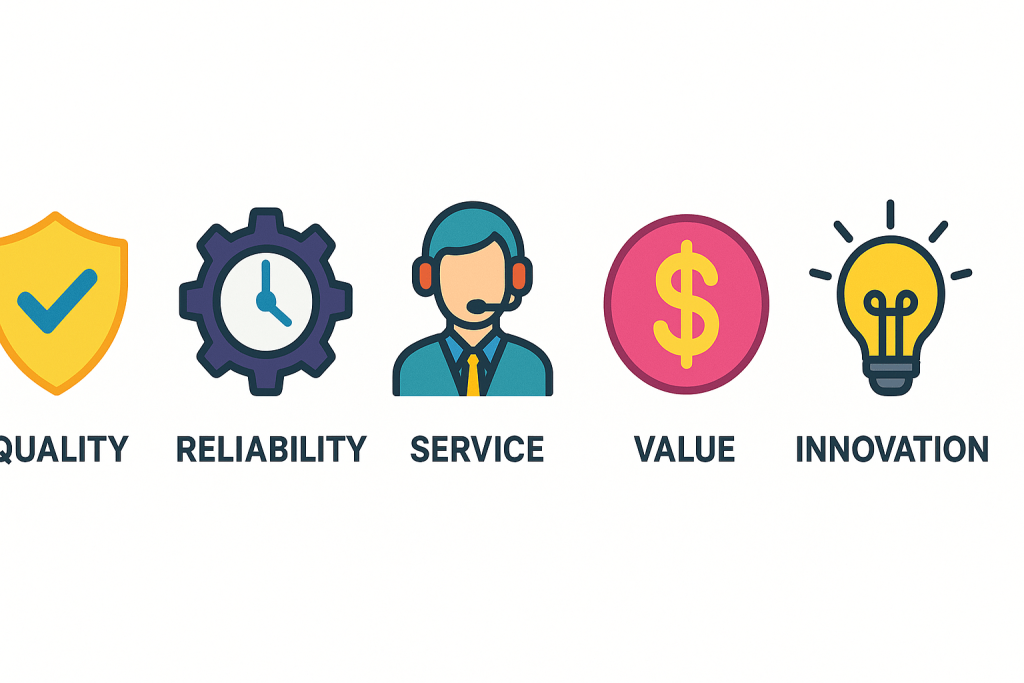
Before diving into each business model, we need clear benchmarks. The laziest path is the one that optimizes these five factors:
- Upfront Capital: Minimum dollar amount required to launch.
- Scalability: Ability to grow revenue without adding work.
- Fulfillment: Ease of delivering your product or service.
- Risk: Exposure to financial, operational, and market uncertainties.
- Difficulty: Learning curve and trial-and-error involved in execution.
A truly lazy model ticks all boxes: low capital, high scalability, easy fulfillment, low risk, and shallow difficulty. Next, let’s see how the most popular online business models measure up.
Why Drop Shipping Falls Short
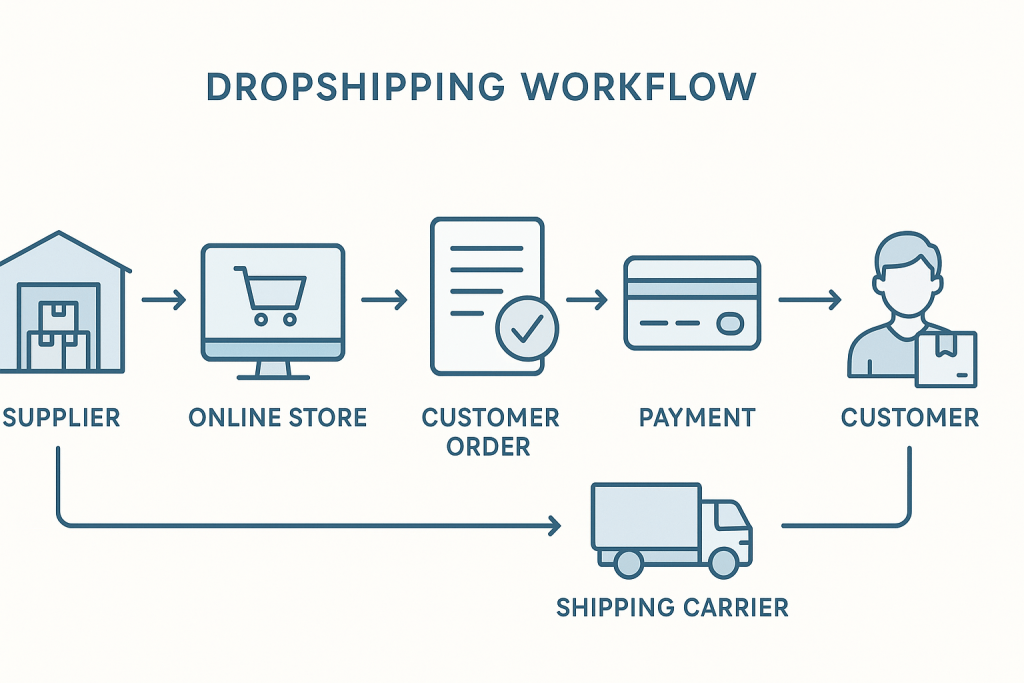
Overview
Drop shipping often lures beginners with promises of “no inventory, no hassle.” In reality, it demands significant ad spend, tight supplier management, and constant product testing.
| Criterion | Assessment |
|---|---|
| Upfront Capital | $2,000–$5,000 for ads and store setup |
| Scalability | Moderate; each new store/product requires testing |
| Fulfillment | Moderate; supplier delays and stockouts common |
| Risk | High; ad spend waste and tariff fluctuations |
| Difficulty | Hard; steep learning curve in ad optimization |
- Upfront Capital: Finding winning products requires weeks of ad spend, easily $2K–$5K upfront.
- Scalability: Each new product demands fresh testing; building real brands adds supply-chain complexity.
- Fulfillment: You rely on third-party suppliers, leading to shipping delays and quality issues.
- Risk: Tariffs or supplier disruptions can wipe out profits.
- Difficulty: Intense competition and constant split-testing make success elusive.
Key Takeaway: Despite low inventory risk, drop shipping’s high ad costs, supply-chain issues, and steep learning curve make it far from the laziest model.
The Pros and Cons of a Social Media Marketing Agency (SMMA)

Overview
Agencies sell expertise—paid ads, SEO, web development—to businesses looking to grow online. This sweat-equity model excels at low startup cost but falters on scalability.
| Criterion | Assessment |
|---|---|
| Upfront Capital | $50–$200 for tools and website |
| Scalability | Low; each client adds workload |
| Fulfillment | Moderate; contractor arbitrage helps |
| Risk | Low; minimal capital and full control |
| Difficulty | Moderate; requires sales and management skills |
- Upfront Capital: Virtually zero—laptop, internet, and basic software suffice.
- Scalability: Limited; adding clients increases complexity and managerial overhead.
- Fulfillment: Contractor arbitrage eases delivery, but client management demands attention.
- Risk: One of the lowest, given minimal financial outlay.
- Difficulty: Moderate; mastering sales, outreach, and team management is essential.
Key Takeaway: SMMA is an excellent low-risk, beginner-friendly model, but scaling past $10K–$20K per month introduces complexity, making it less lazy over time.
Software: High Reward, High Risk
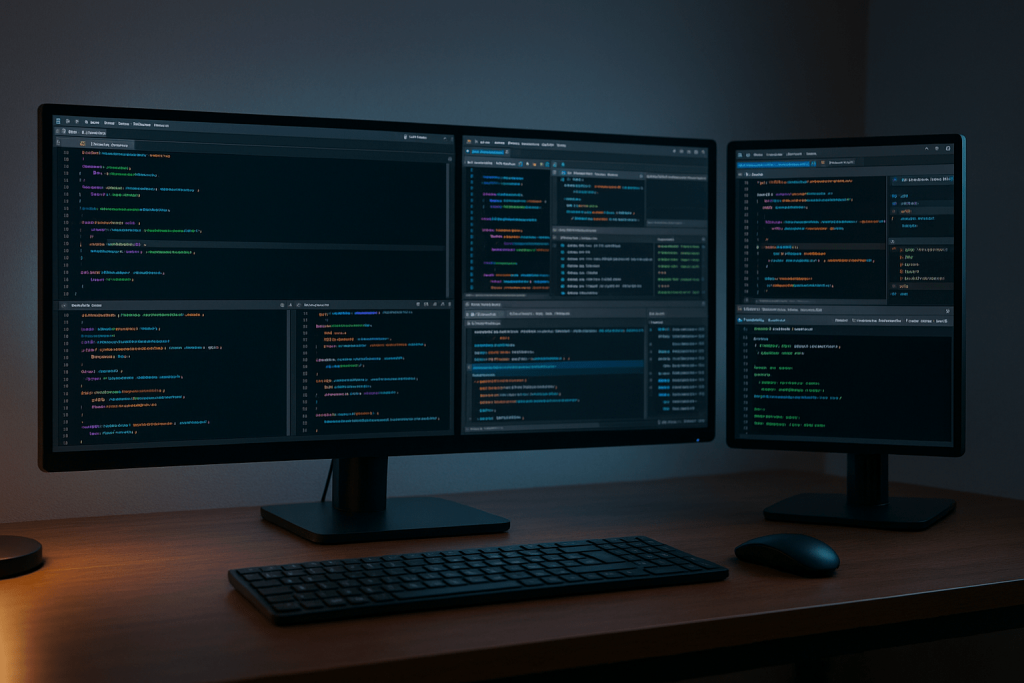
Overview
Software has created tech billionaires—but it requires huge capital, technical expertise, and ongoing development.
| Criterion | Assessment |
|---|---|
| Upfront Capital | $250,000+ for development and marketing |
| Scalability | Very High; code is infinitely replicable |
| Fulfillment | Hard; continuous updates and support |
| Risk | High; investor stakes and market entry |
| Difficulty | Very Hard; technical and competitive |
- Upfront Capital: At least $250K for a minimum viable product, plus marketing budget.
- Scalability: Once built, distribution is easy, but support teams grow.
- Fulfillment: Ongoing bug fixes, feature updates, and customer support.
- Risk: High likelihood of total capital loss if product-market fit fails.
- Difficulty: Very steep; requires coding, design, and fundraising prowess.
Key Takeaway: While infinitely scalable, software demands massive capital and specialized skills, disqualifying it as the laziest model for most entrepreneurs.
Affiliate Marketing: Low Risk, Moderate Reward

Overview
Affiliate marketers promote third-party products via blogs, social media, or YouTube, earning commissions on sales.
| Criterion | Assessment |
|---|---|
| Upfront Capital | $100–$200 for content tools |
| Scalability | Moderate; limited by content production |
| Fulfillment | Easy; product delivery handled by merchant |
| Risk | Low; minimal investment, evergreen skill-building |
| Difficulty | Moderate; requires audience growth and SEO |
- Upfront Capital: Under $200 for editing software, hosting, and minimal ads.
- Scalability: More content = more links; but each piece requires time.
- Fulfillment: Simple—the merchant handles logistics.
- Risk: Almost zero; content skills transfer across niches.
- Difficulty: Moderate; building an audience can take months.
Key Takeaway: Affiliate marketing offers low risk and passive income potential but hinges on audience growth, making it moderately effortful.
Introducing Digital Products 2.0: The Ultimate Lazy Income
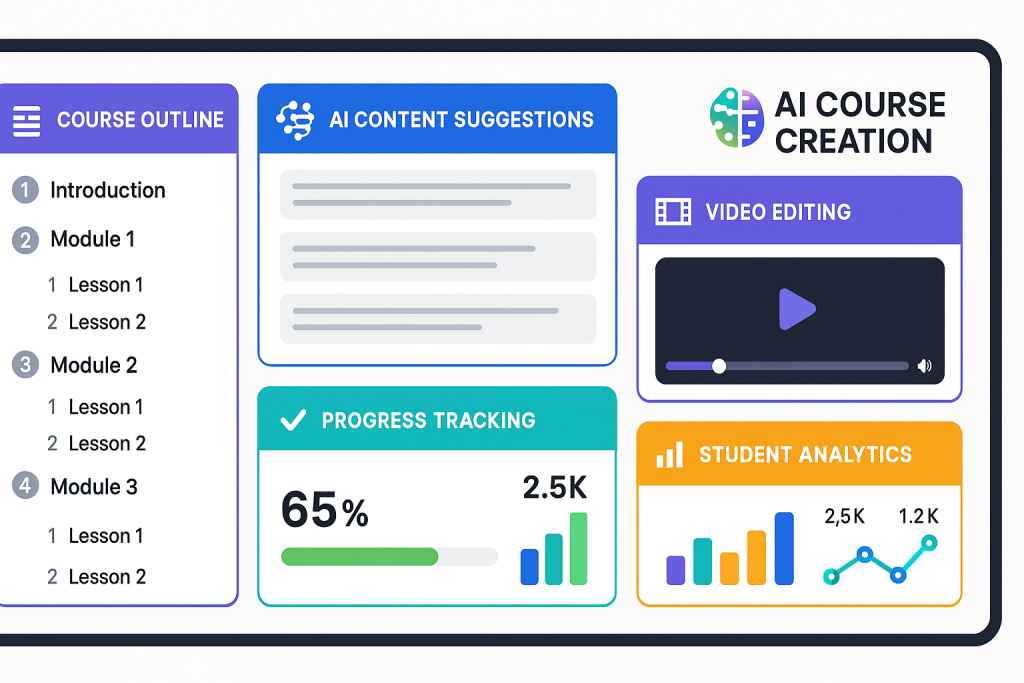
Overview
Digital Products 2.0 leverage AI and modern hosting platforms to eliminate the heavy lifting of course creation, dramatically lowering time and capital requirements.
| Criterion | Assessment |
|---|---|
| Upfront Capital | $100–$200 for AI tools, hosting, and branding |
| Scalability | Very High; create once, sell endlessly |
| Fulfillment | Super Easy; digital delivery is instantaneous |
| Risk | Very Low; free hosting, fast iteration |
| Difficulty | Very Easy; AI automates research and scripting |
- Upfront Capital: Almost zero—platforms like WAP are free, AI tools cost under $200.
- Scalability: Unlimited sales without additional work.
- Fulfillment: Automated; buyers download content instantly.
- Risk: Insignificant; rapid prototyping allows instant market feedback.
- Difficulty: Minimal; AI synthesizes content, leaving only recording.
Key Takeaway: Digital Products 2.0 is hands-down the laziest, smartest way to generate income in 2025. You build once and sell forever with negligible overhead.
How to Get Started with Digital Products 2.0
- Identify a Niche Problem: Use AI tools to analyze market demand and competition.
- Leverage AI for Content Creation: Tools like Synthesize AI draft outlines, scripts, and resources in minutes.
- Record and Polish: Use Loom for quick screen recordings—no face-cameras needed.
- Host on a Digital Product Platform: Platforms like WAP offer free hosting and built-in marketplaces.
- Market and Iterate: Use low-cost ads or organic channels to generate sales, then refine based on feedback.
By following these steps, you can launch your first product in under a week, testing and iterating without heavy financial commitment.
Long-Term Trajectory: Why Now Is the Time
The digital products market is projected to more than double in size over the next five years, approaching a $1 trillion annual industry by 2030. Early adopters of Digital Products 2.0 will benefit from:
- Minimal competition, as the industry is still in its infancy.
- Rapid technological advancements in AI, lowering barriers further.
- Network effects from hosting platforms that boost visibility.
Getting in now is akin to starting an e-commerce or drop shipping business in the early 2010s. The window for effortless market entry is closing—act before the next wave of entrepreneurs floods in.
Conclusion and Next Steps

The laziest path to wealth isn’t about dodging hard work; it’s about choosing the right work. By evaluating upfront capital, scalability, fulfillment, risk, and difficulty, Digital Products 2.0 emerges as the clear winner—costing under $200 to launch, infinitely scalable, automated in fulfillment, low risk, and easy to build with AI.
Make your move today: Brainstorm your first digital product, leverage AI to build it in hours, host it for free, and capture your slice of this exploding trillion-dollar market. Your most efficient route to wealth starts now—choose the laziest, smartest business model and watch your income grow.
